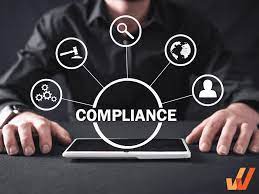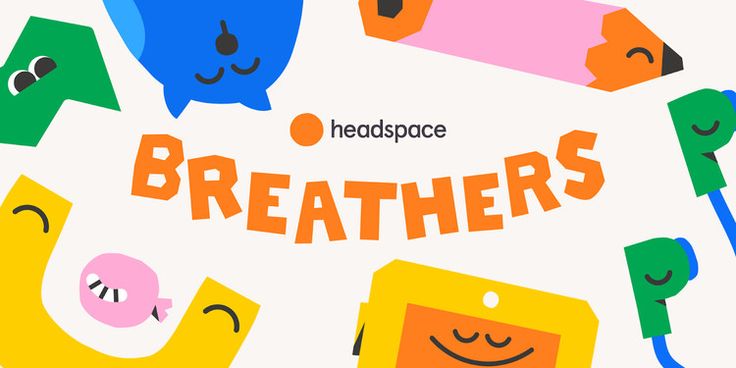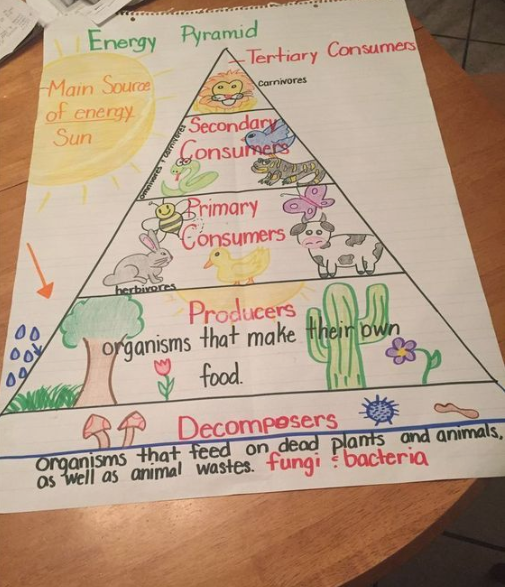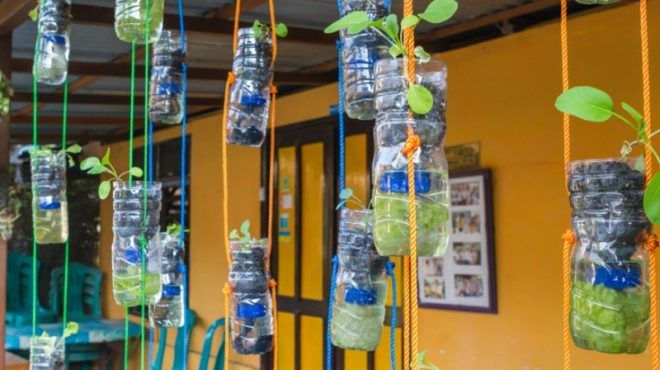Introduction
Teachers play a significant role in shaping the future of their students. It is a profession that requires dedication, patience, and expertise. However, long working hours can significantly affect a teacher’s performance and the overall quality of education they provide. This article explores the ramifications of extended working hours on teachers’ proficiency and their ability to deliver excellent education.
The Impact of Long Hours on Teacher’s Well-being
Long hours severely impact teachers’ well-being and have a multitude of consequences. Working across extended periods can lead to:
1. Physical Fatigue: Longer working hours contribute to exhaustion and reduced energy levels, eventually decreasing the quality of teaching.
2. Mental Drain: Excessive workloads, prolonged meetings, and other administrative tasks can overwhelm teachers mentally, thus affecting their attention, focus, and enthusiasm when teaching.
3. Emotional Currency: Longer workdays can also put stress on teachers’ personal lives, causing them to struggle with maintaining work-life balance, which leads to burnout and emotional fatigue.
The Link Between Well-being and Teaching Expertise
A teacher’s well-being is directly linked to their teaching expertise. When a teacher is physically drained and emotionally exhausted, their capacity to deliver effective lessons suffers. They are more prone to making errors in lesson planning or conveying complex concepts clearly. Stress and fatigue also make it difficult for teachers to create an engaging classroom environment where students feel inspired to learn.
Effects on Students
When teachers suffer from burnout due to long working hours, the negative effects trickle down to their students as well:
1. Reduced Motivation: A tired or demotivated teacher may struggle to inspire the same level of curiosity in their students.
2. Poor Performance: Exhaustion can hinder a teacher’s ability to adequately address individual student needs or provide useful feedback regarding academic performance.
3. Broken Connections: Overworked teachers may lack the emotional energy necessary to build strong, nurturing relationships with their students, which are essential for fostering the learners’ development.
Finding Balance
To promote teacher’s well-being, reduce burnout, and maintain teaching expertise, schools and education systems need to address workload issues. Considerations for achieving a healthy work-life balance include:
1. Streamlining administrative tasks: Implementing time-saving technological tools and reducing paperwork can give teachers more time to focus on the core aspects of their profession.
2. Allocating adequate prep time: Schools must provide sufficient preparation periods for lesson planning, grading, and conferencing with students or parents.
3. Encouraging self-care: Teachers need encouragement to prioritize their health and well-being through physical exercise, relaxation techniques, and professional support when necessary.
Conclusion
Overworked teachers who suffer from burnout are less likely to deliver quality education and foster a love for learning among their students. Making improvements in workload management can help teachers perform at their best in the classroom, creating brighter futures for all involved. Investing in teacher well-being is an investment in both the quality of education as well as cultivating a new generation of lifelong learners.











